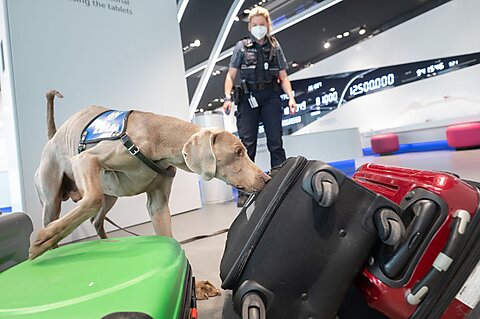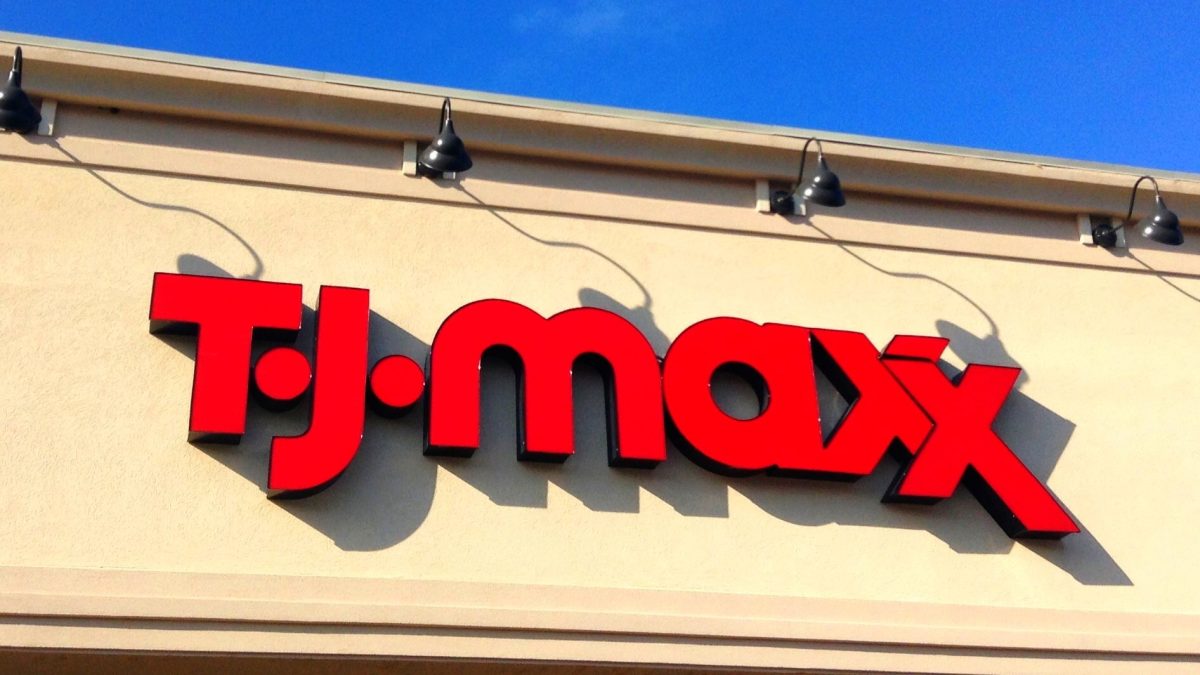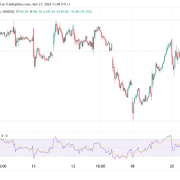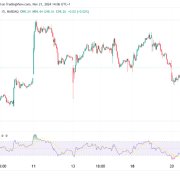
Millennium Health, a drug testing company that monitors drug use for pain management and drug addiction treatment centers, publishes “Signals Reports” on emerging drug use trends based on urine drug test samples across the country. In September 2023, the Millenium Signals Report revealed their labs detected the veterinary tranquilizer xylazine, which drug trafficking organizations mix with fentanyl to enhance its potency (users call it “tranq”), in all regions of the country but most heavily concentrated in the eastern US.
The report found that people who tested positive for fentanyl plus xylazine were more likely to use multiple other substances as well, including cocaine, methamphetamine, heroin, and diverted prescription pain pills.
On July 16, Millenium Health published a “Signals Alert” warning that the xylazine scourge has picked up steam in western states. The report states that since the White House Office of National Drug Control Policy (ONDCP) declared xylazine an emerging threat in April 2023, “the greatest gains in xylazine use were largely in the western half of the US; the Pacific, Mountain, and West North Central Census Divisions all increased significantly; New England also increased significantly.”
However, xylazine-positive urine tests remain highest in the East, with positive test rates there nearly twice the national average, at 15.6 percent. Rates were highest in Pennsylvania, New York, and Ohio.
Congress has not yet required the Drug Enforcement Administration to add xylazine to its schedule of controlled substances. However, soon after the ONDCP declared xylazine a threat in 2023, multiple states responded to the spread of xylazine by designating the tranquilizer a Schedule III controlled substance. Schedule III drugs are medically used drugs with a “moderate to low potential for physical and psychological dependence.”
Examples of Schedule III drugs include ketamine, codeine, and anabolic steroids. But this will do nothing to stop drug trafficking organizations from adding xylazine to fentanyl and other opioids they smuggle. Heroin, MDMA (“ecstasy” or “molly”), “magic mushrooms,” and cannabis have been Schedule I (“no currently accepted medical use and high potential for abuse”) for decades; methamphetamine and cocaine have been Schedule II (medically useful but “with a high potential for abuse”). That hasn’t stopped drug traffickers from providing any of those drugs to people seeking to buy them.
As I explained in the past, the “iron law of prohibition”—the harder the enforcement, the harder the drugs—drives xylazine’s emergence. Intensified law enforcement incentivizes drug trafficking organizations to develop more potent drugs that are easier to smuggle in smaller sizes and that they can subdivide into more units to sell. Because of the iron law, policymakers should beware: if they erect too many obstacles to xylazine smuggling, they will motivate drug trafficking organizations to substitute xylazine with something more potent and, therefore, easier to smuggle in smaller packages.
Another more powerful tranquilizer, medetomidine, used in both veterinary and human medicine, is already appearing on the black market. Drug toxicology labs in Maryland discovered medetomidine and its isomer dexmedetomidine (brand names Domitor and Precedex, respectively) in drug test samples in 2022. They have since been detected in Florida, Ohio, Pennsylvania, and Canada toxicology studies. These drugs are similar to xylazine but much more potent.
Like a broken record, policymakers continue the futile war on drugs, which brings newer and more potent drugs into the black market. Then, they double down on the drug war, further fueling the cycle. This pattern repeats endlessly. Until policymakers lift the metaphorical phonograph needle from the stuck groove by ending the drug war, they will keep playing this sad tune over and over.












